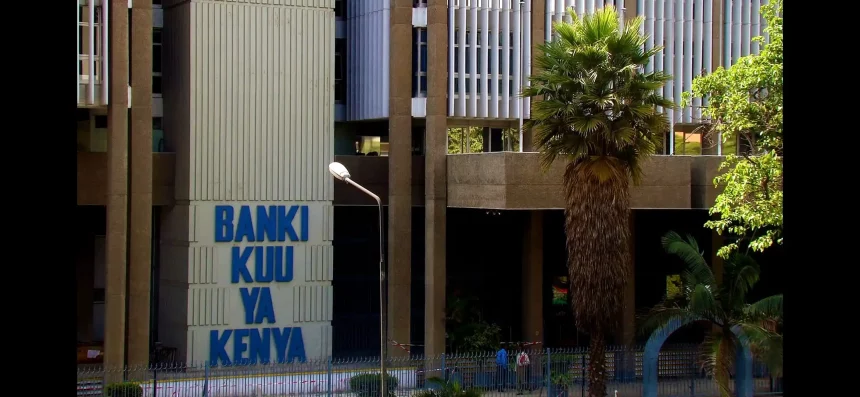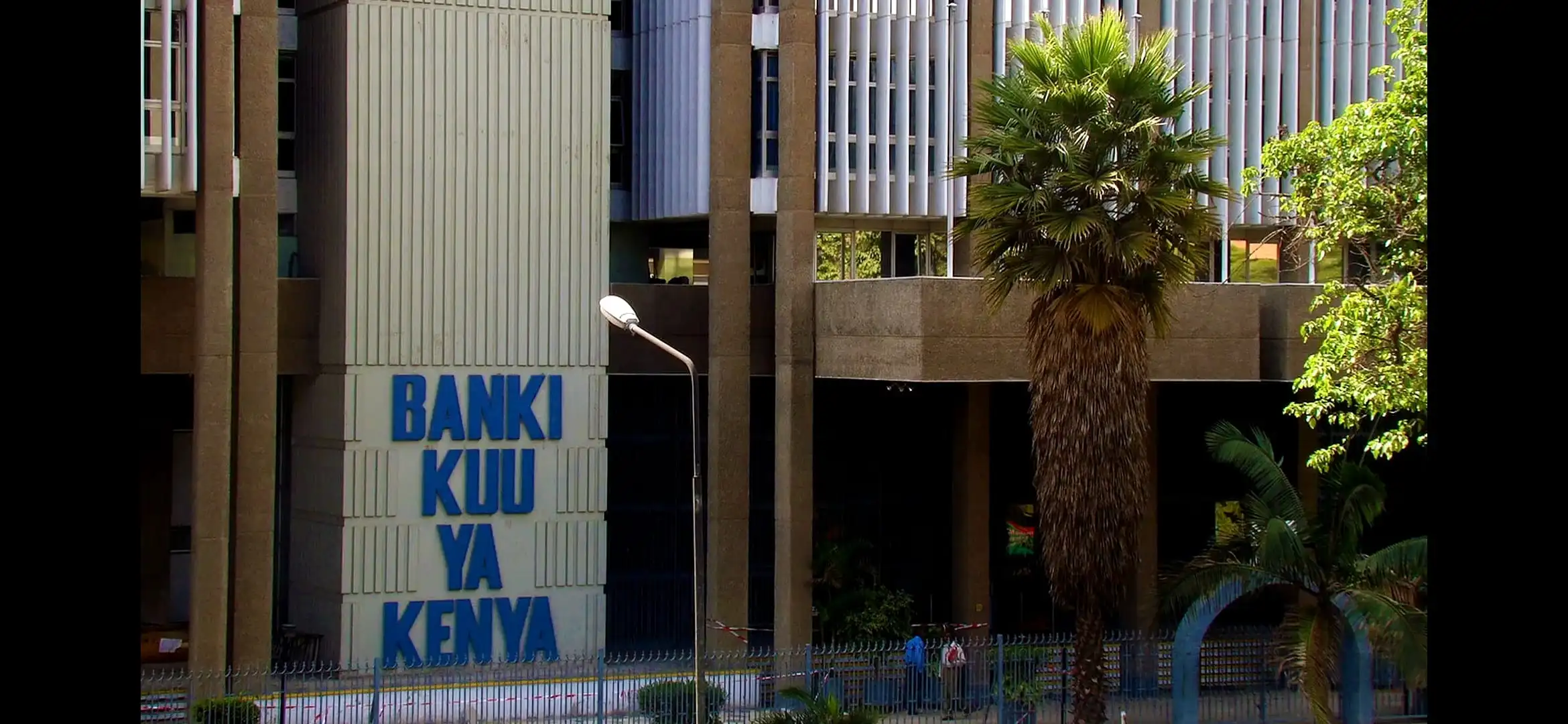Commercial banks have advanced just over a third of targeted loans under a State-backed credit guarantee in two and a quarter years, pointing to considerable under-performance of the programme aimed at de-risking access to formal funding by small traders.
The Treasury says micro-small and medium-sized enterprises (MSMEs) had by March accessed Sh4.64 billion under the Credit Guarantee Scheme (CGS), which was launched in December 2020.
The loans represent a measly 38.67 percent of the Sh12 billion goal the Treasury had set for the scheme after allocating Sh3 billion seed capital.
The seven participating banks are expected to lend four times the amount guaranteed because the Treasury covers a quarter of the loans in the event the borrowers default.
The participating lenders– KCB, NCBA, Co-op, Absa, DTB, Stanbic and Credit Bank – have a free hand in pricing the loans based on borrower’s credit-worthiness with a limit of Sh5 million per business, but are encouraged to charge single-digit interest rates.
Some 2,997 MSMEs (those with annual sales of less than Sh50 million) accessed the loans by last March, an average of Sh1.55 million per borrower.
The scheme has covered all counties except Mandera where only KCB has a branch of the seven participants.
“Participating banks are implementing the Scheme using their own liquidity, existing branch networks and infrastructure allowing them to reach out to MSMEs across the country,” Treasury Cabinet Secretary Njuguna Ndung’u said in a statement.
The Treasury rolled out the scheme in December 2020 in a bid to enhance access to quality and affordable credit for small traders, which would otherwise find it difficult to get loans from commercial lenders.
At the time, the Treasury had projected to raise the allocation to the scheme to Sh10 billion which would result in a credit line of Sh40 billion.
The Treasury data shows small businesses (with 10-49 employees) accounted for 57 percent of the loans, followed by micro enterprises (less than 10 employees) with 29 percent stake and medium-sized firms (50-99 employees) with 14 percent share.
Despite banking industry data showing over the years that the rate of default among small businesses was lower than that for corporates, banks continue to assign a higher risk profile to the MSMEs which usually prices them out of the market.
Findings of a 2016 survey by the Kenya National Bureau of Statistics (KNBS), for example, concluded that about 71 percent of the 7.4 million MSMEs in 2015 got fewer loans than they had applied from the banks, with about 86 percent forced to rely on family and friends.
“There’s still room for improvement in terms of operationalisation of the CGS. The structures that are managing that must appreciate the uniqueness of the target,” Micro and Small Enterprises Authority (MSEA) chief executive Henry Rithaa told the Business Daily in a past interview.
“For example, if you go to the bank and the requirement is that you should have a turnover of Sh1 million, it means almost all our micro-sized enterprises cannot access the loan. And so they are not eligible.”




